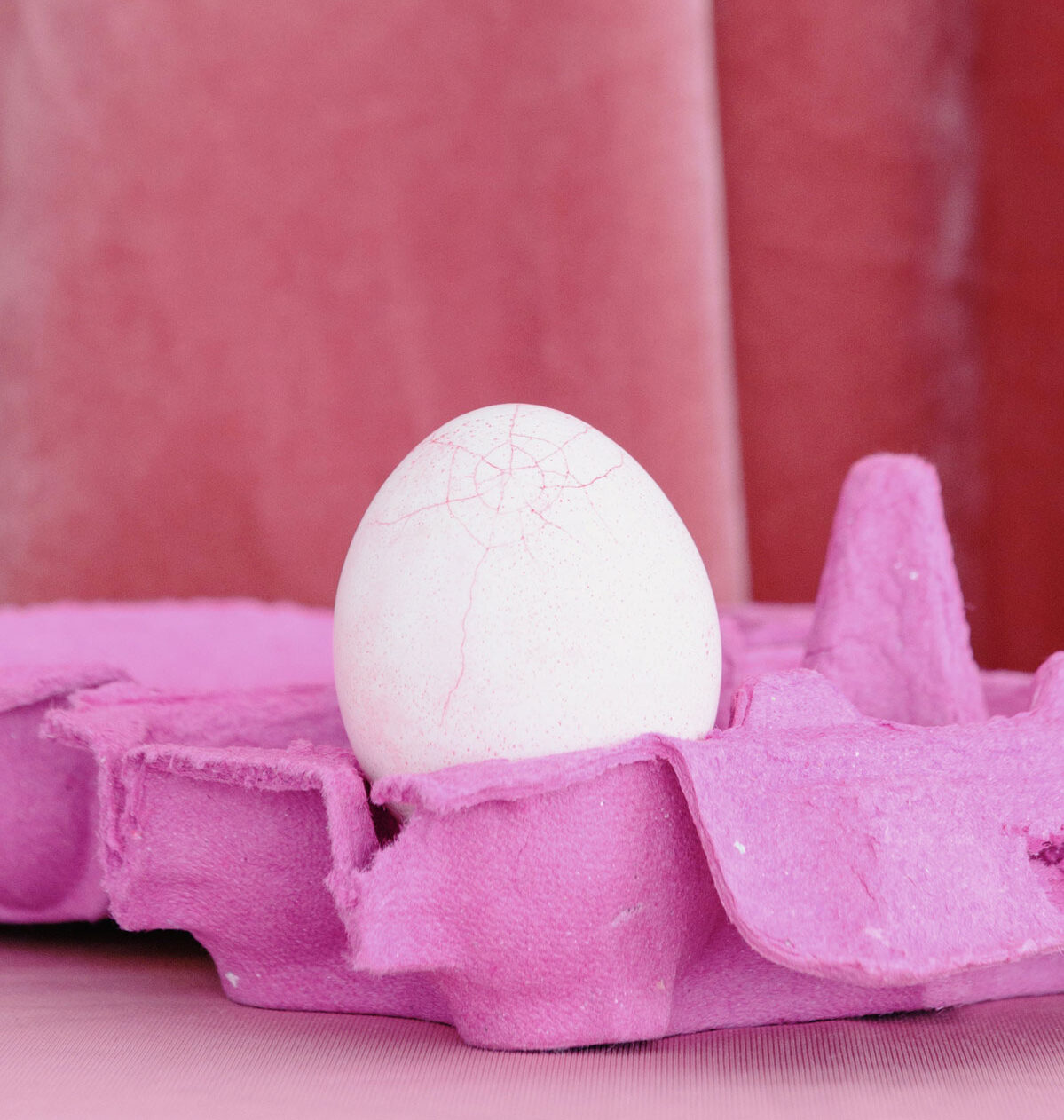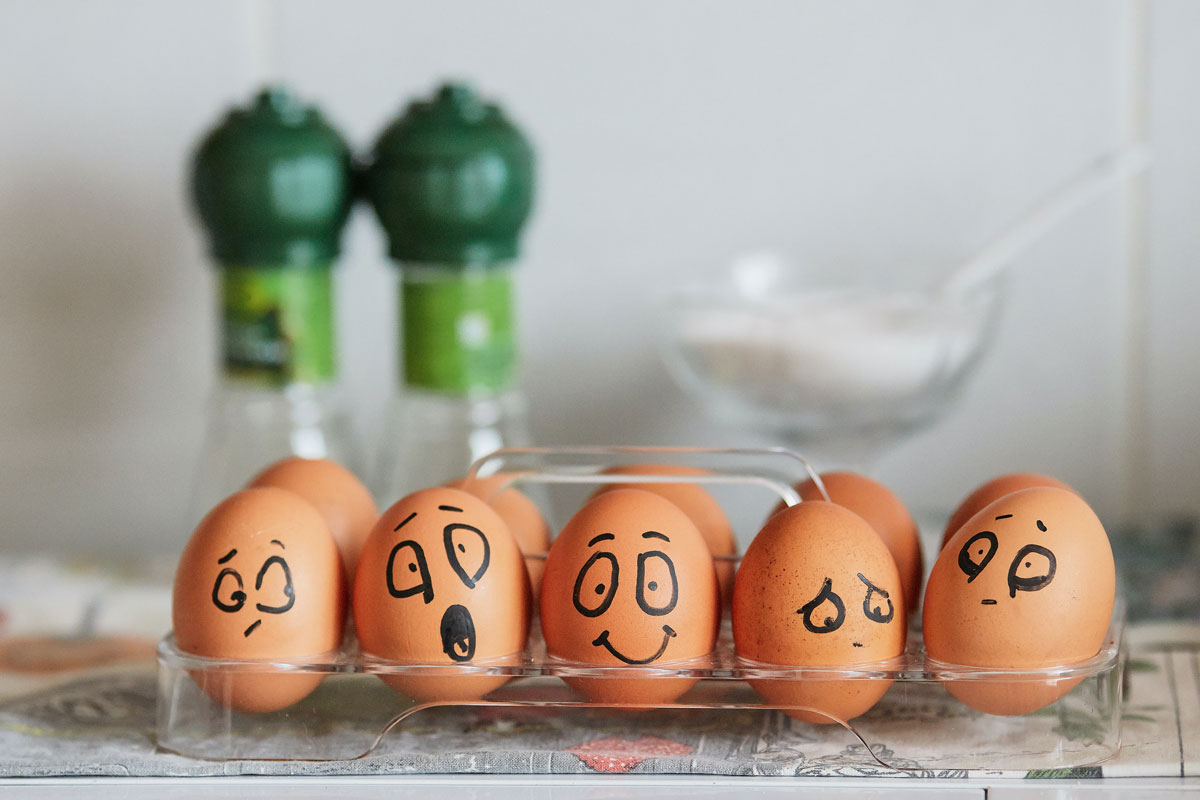I feel like I only came into true egg-appreciation as an adult. When I was a kid I just didn’t get the appeal of the yolk and only ate the whites. Then it was like I became born again, and all of a sudden I was obsessed with a golden yolk, perfect in its contained bubble until you pierce it and it runs, spreading everywhere on the plate faster than you can sop it up with some other food. Yeah, so I like eggs. And I suppose going hand-in-hand with liking a food is knowing the best practices for handling them. This week Simply Recipes offered up some straightforward guidelines on dealing with cracked eggs:
When deciding whether to cook with a cracked egg, first consider when it was cracked. If you got unlucky at the grocery store and brought home a cracked egg or two, toss (or compost) them. As the United States Department of Agriculture (USDA) notes, bacteria can enter eggs through cracks on the shell over time.
Without knowing how long the egg’s natural barrier has been breached, there’s no way to know how long bacteria has had the time to grow and potentially contaminate the egg.
Though you should be wary of any egg that was sold to you cracked, it’s the ones with the big cracks that contain the most risk. A study done by Tufts University showed that eggs with large cracks are more likely to contain Salmonella than eggs with hairline cracks.
On the other hand, if your eggs were cracked while in your possession, they can still be saved. The USDA recommends cracking open just-cracked eggs and transferring them into a clean resealable container with a tight-fitting lid, where they can be kept in the refrigerator for up to two days.
Cracked more eggs than you’d like to eat in a couple of days? Turn to tried-and-true meal prep recipes like breakfast burritos and egg bites that can be kept in the freezer and reheated on busy mornings.
If you’re still feeling squeamish about using a cracked egg, this fact might put your mind at ease: the Centers for Disease Control and Prevention (CDC) reports that you can kill bacteria like Salmonella by cooking your eggs to an internal temperature of 160F before serving.
That means no runny Eggs Benedict, and certainly no Caesar salad dressing, but baked goods using eggs and other recipes where the whites and yolks are cooked all the way through are great candidates for using up less-than-perfect eggs.
[From Simply Recipes via Yahoo! Life]
So basically it comes down to the age-old question, which came first: the crack or getting the egg home? Most of what they say here seems like simple common sense. If the eggs were cracked at the store throw them out, but if you’re sure the crack was made after you bought the egg, and you’re cooking it within a day or two, it should be OK. I’m not a prolific cook, but I am a bit of a baker, and I had an experience once where I didn’t pay attention to the egg at all, just cracked it on the side of the bowl and dropped it into my homemade brownie mixture (courtesy of Duncan Hines). That was the first time I truly understood the term “rotten egg.” My nose will never forget that night. So, from one nose to another, and with egg prices being gouged anyway, definitely inspect your eggs at the store. Cracked eggs can go to anti-monarchy activists.
photos credit: Vlada Karpovich, Ksenia Chernaya on Pexels and Tengyart on Unsplash
Source: Read Full Article




